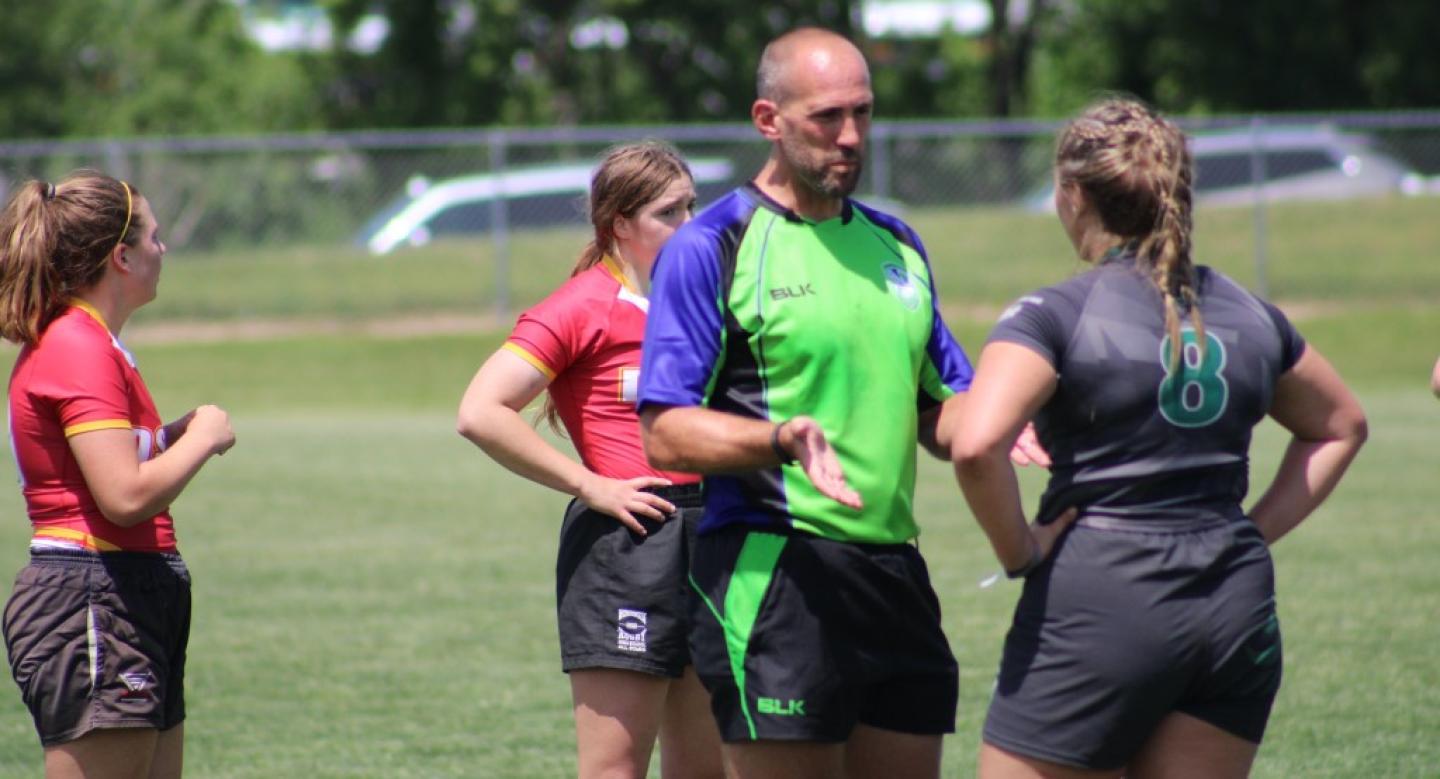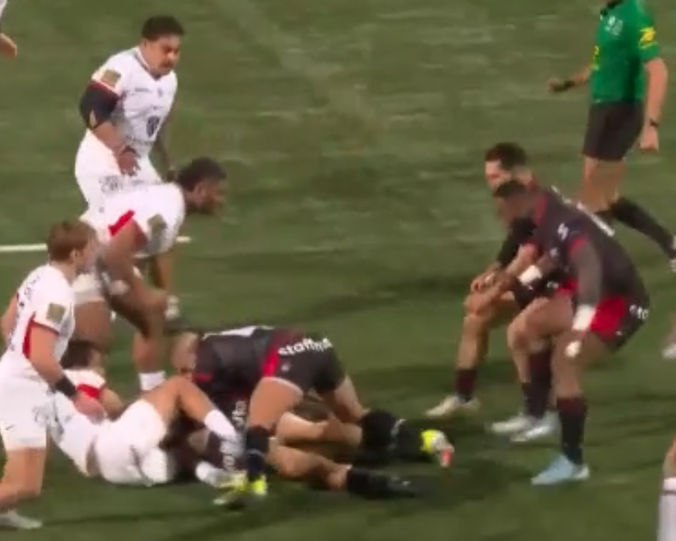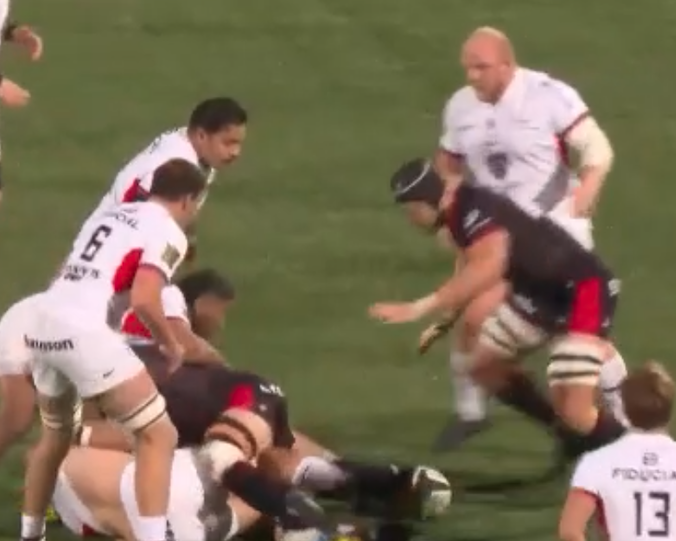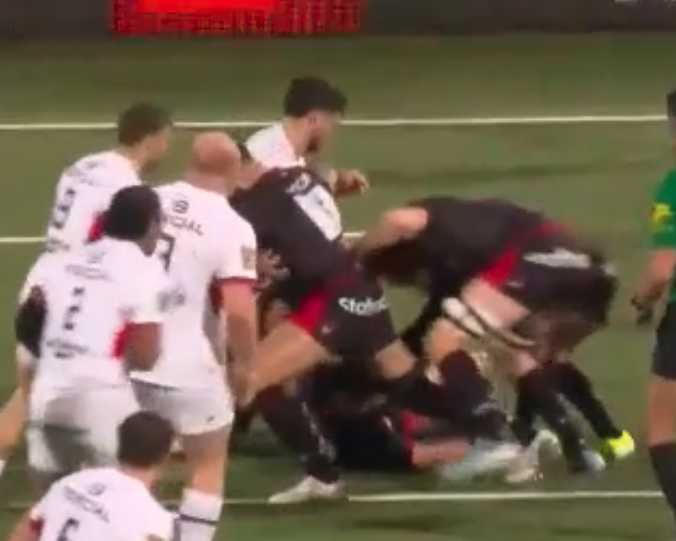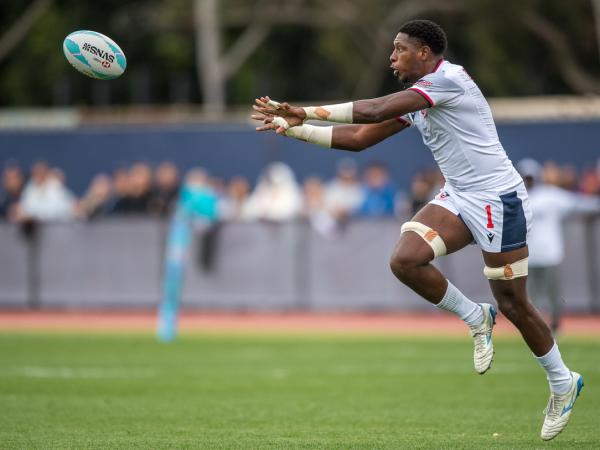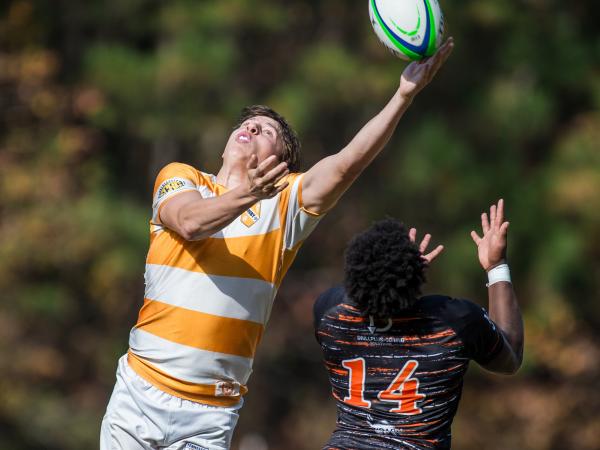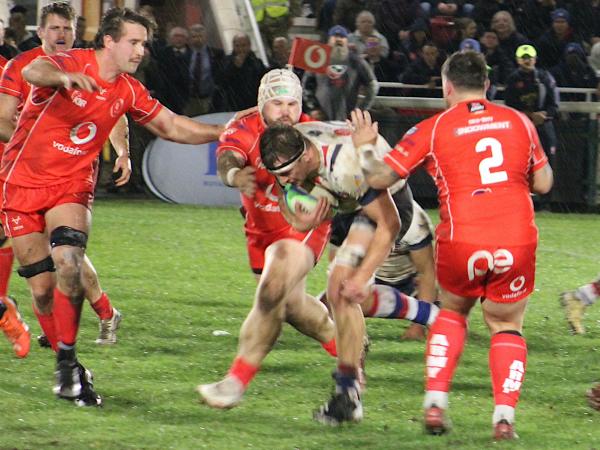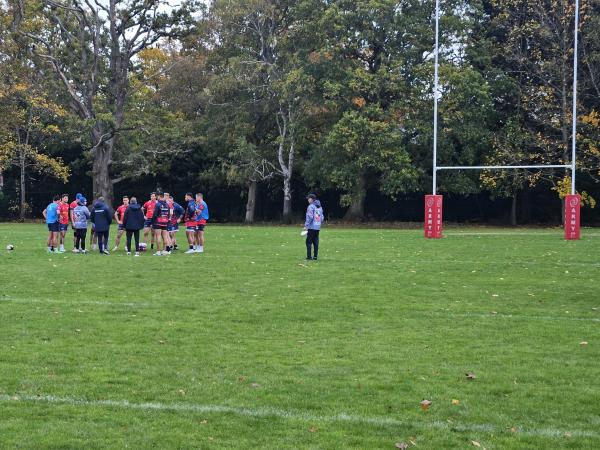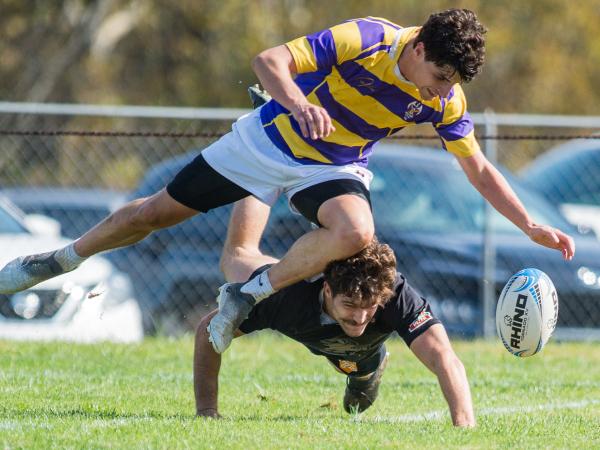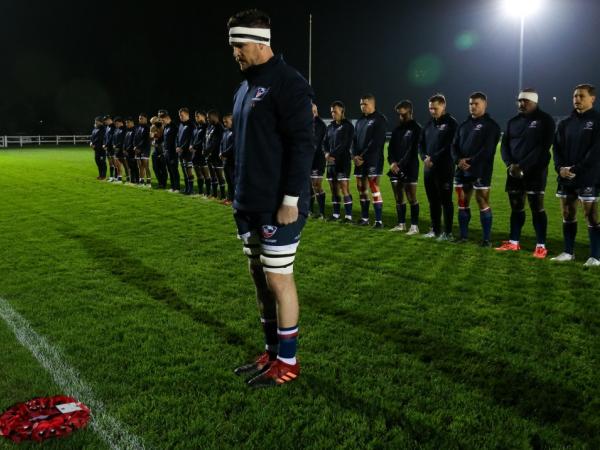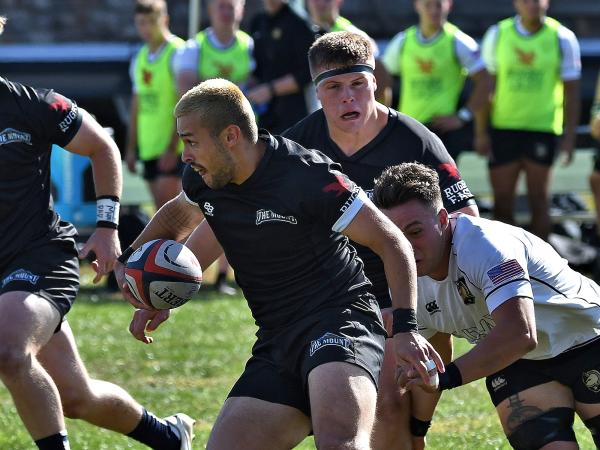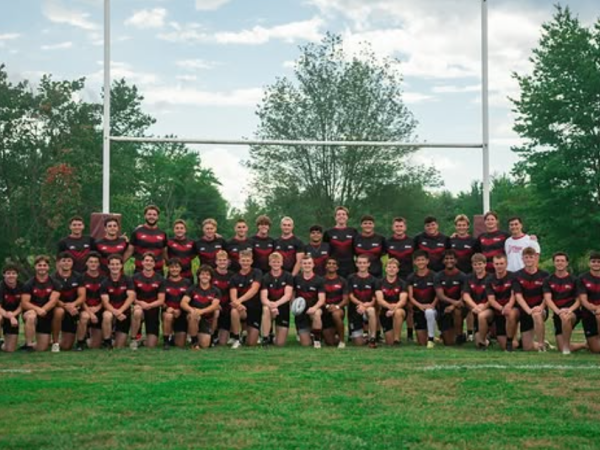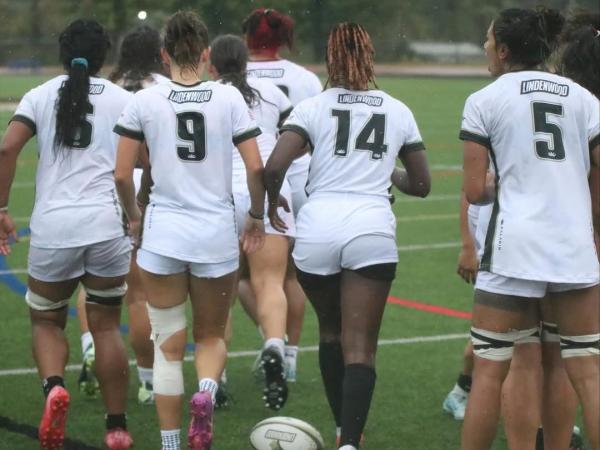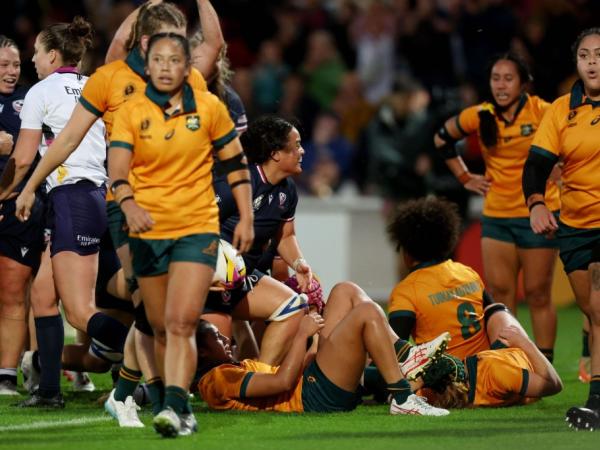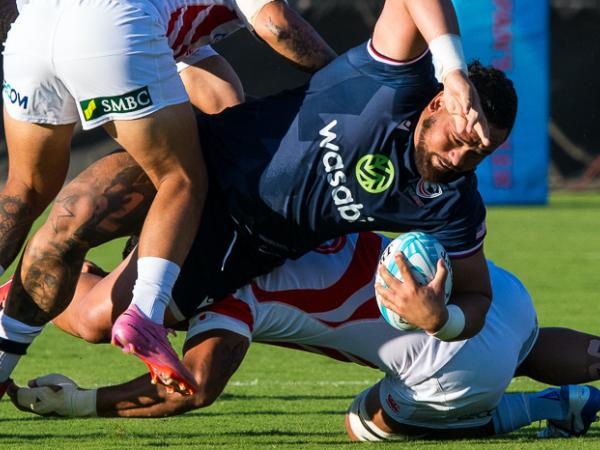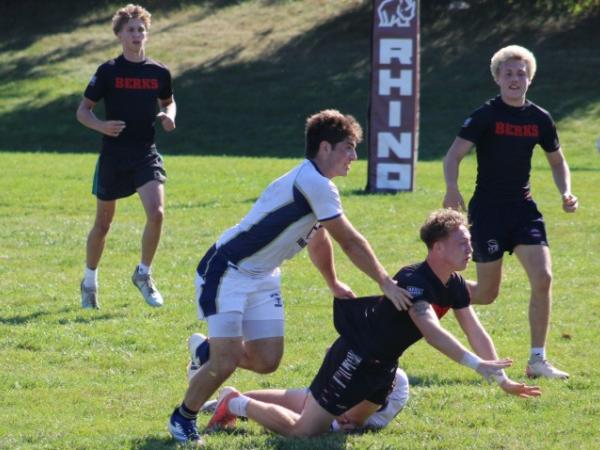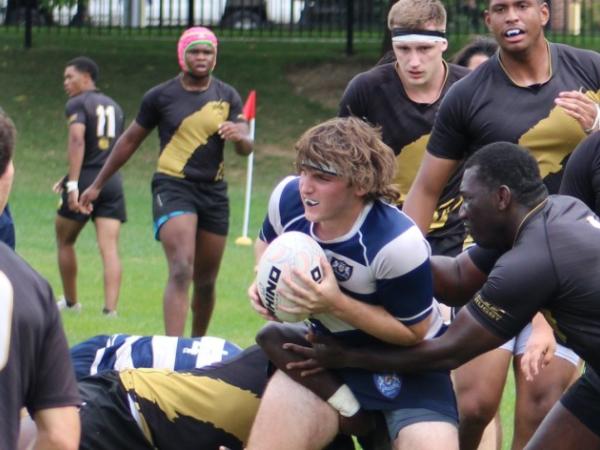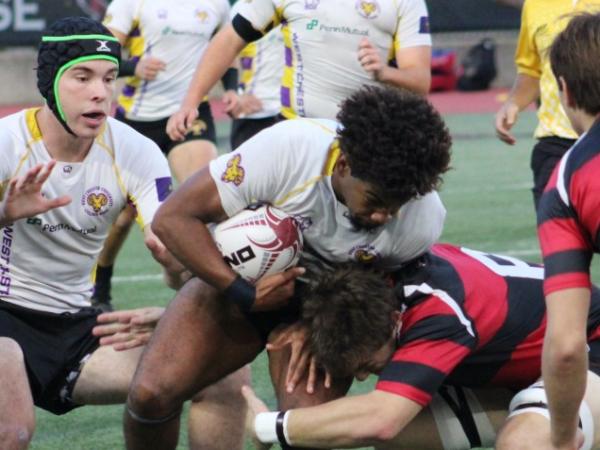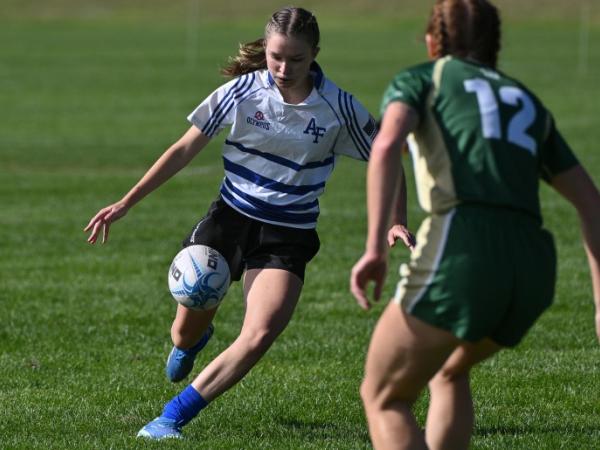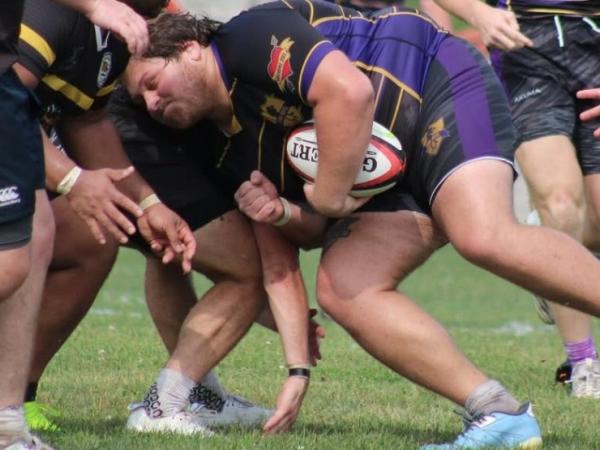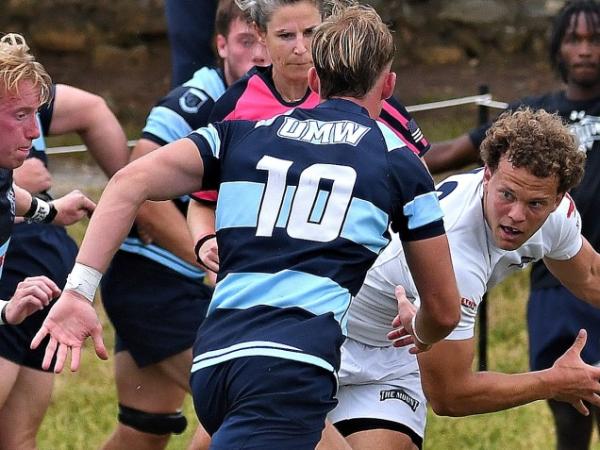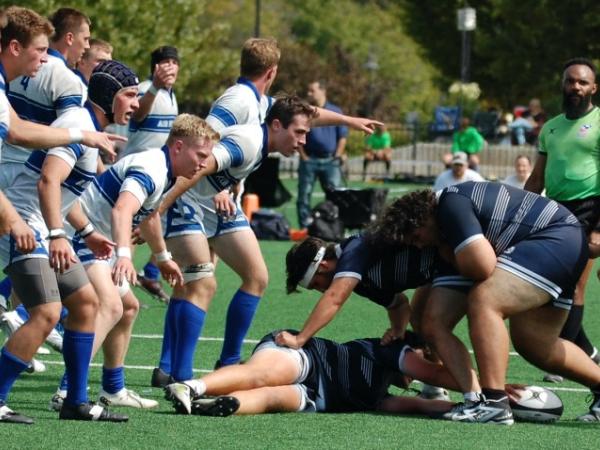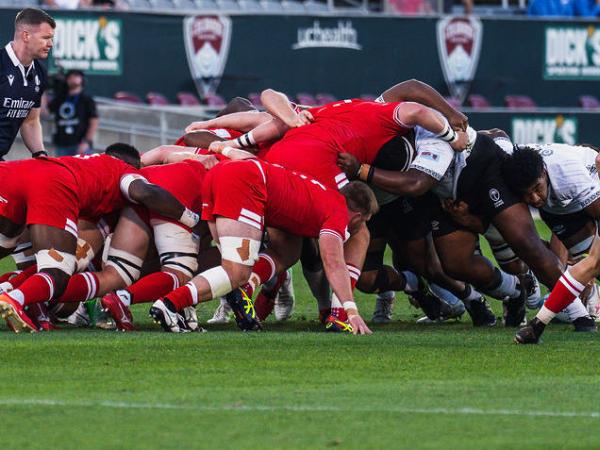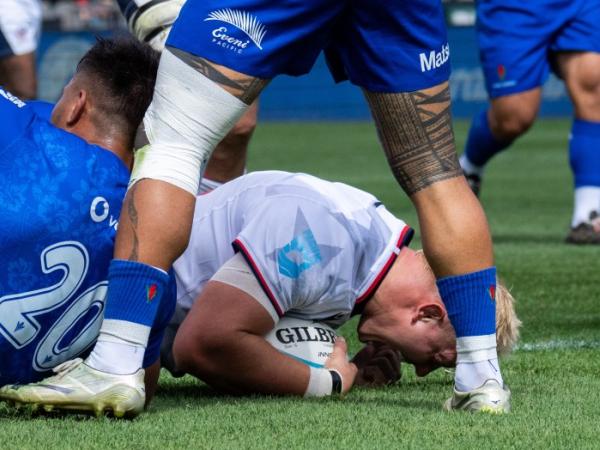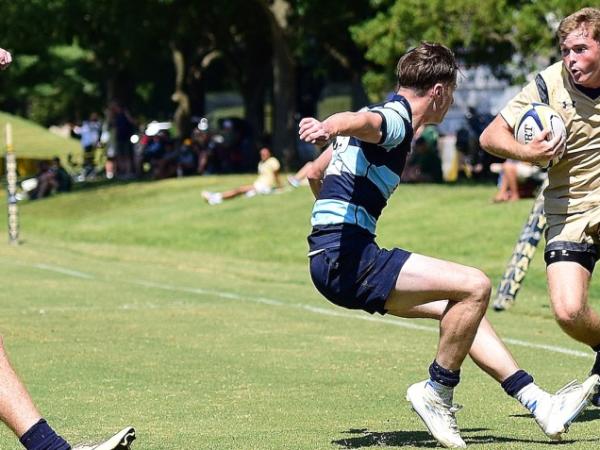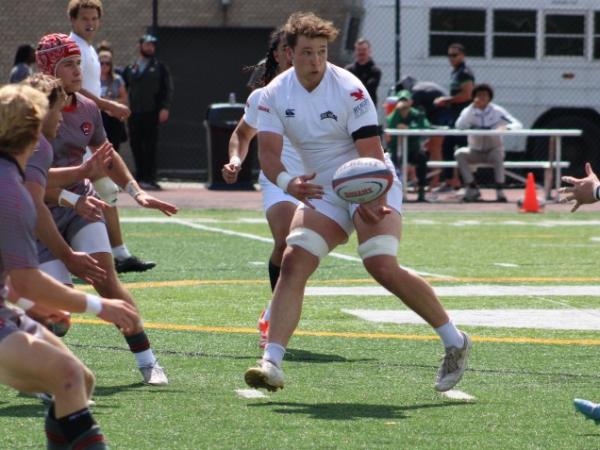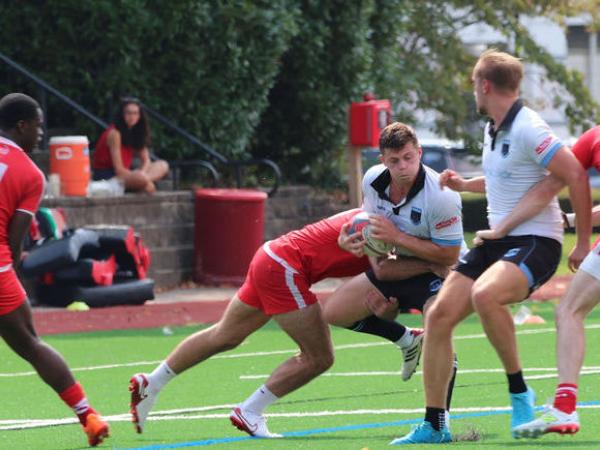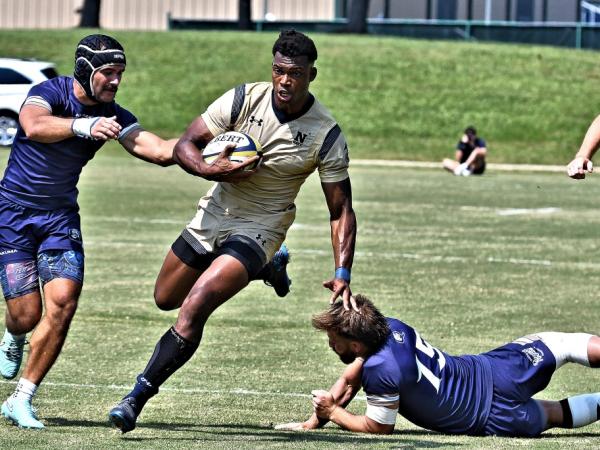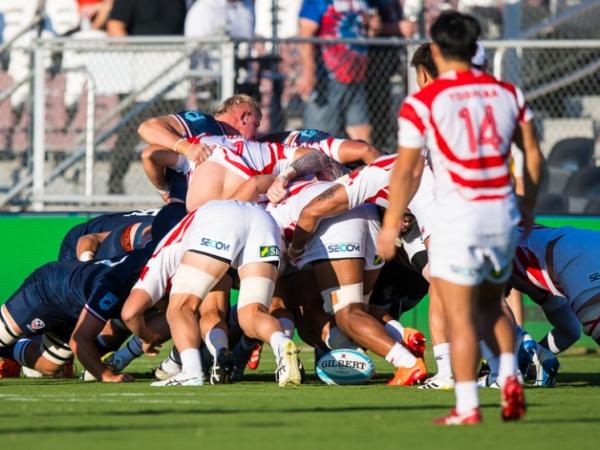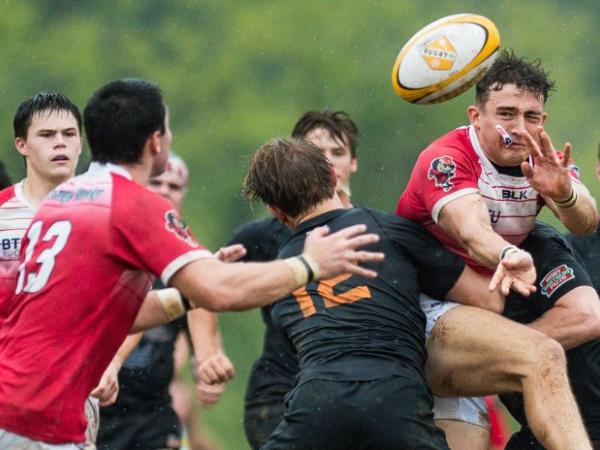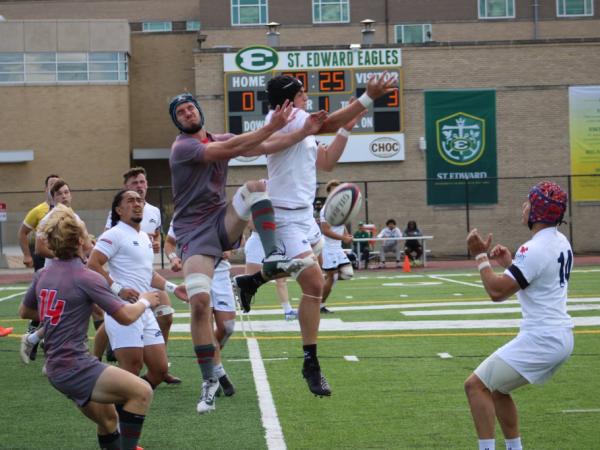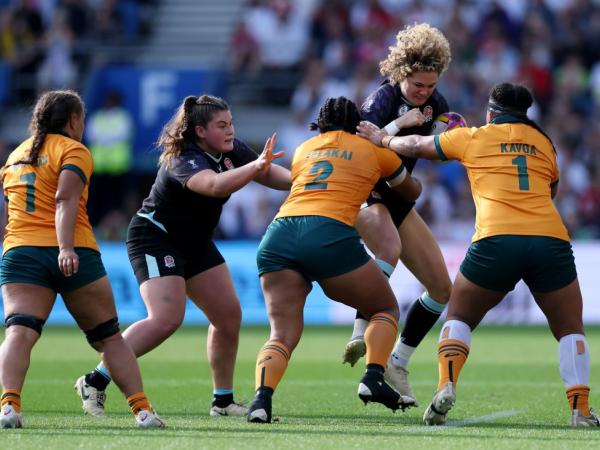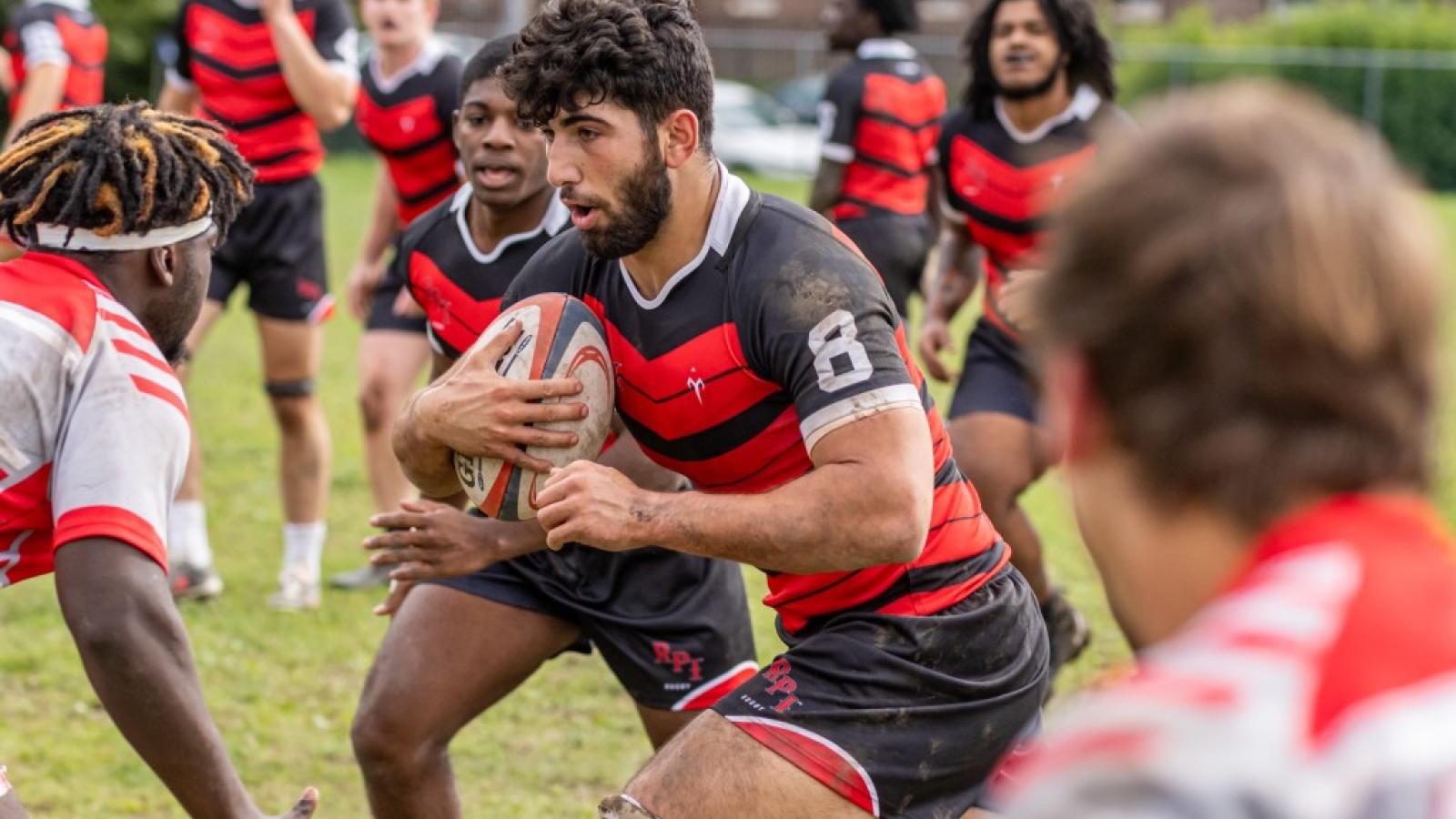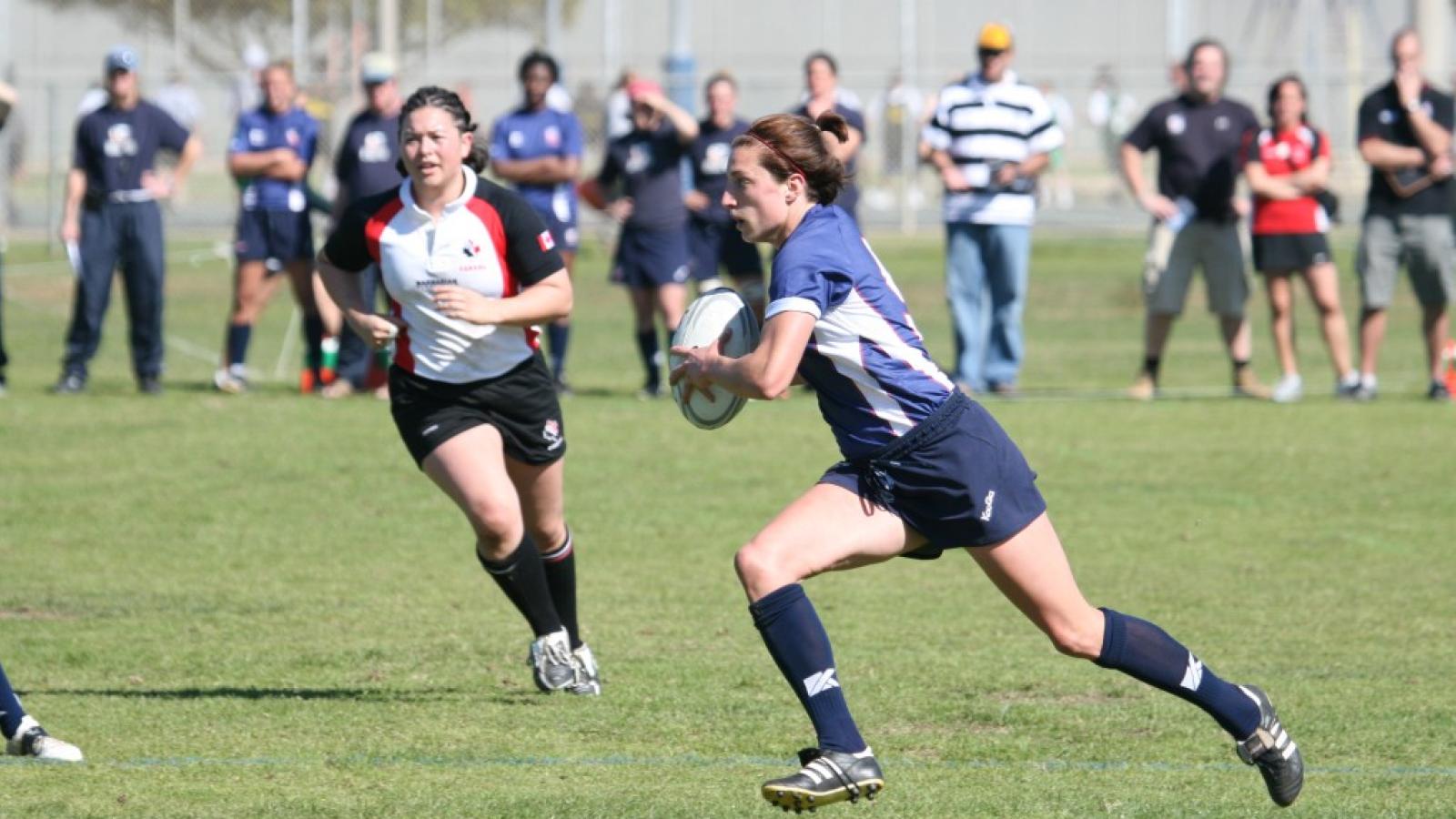Law Trials from Previous Years
Much of recent law trials have been centered around speeding up the game—telling players they must form a lineout without delay, that they should not waste time. Well that didn't work too well because "without delay" means different things to different people, and referees, God bless 'em, don't need to be nagging players all day about forming lineouts. So this year there will be time limits at the professional level. Whether a referee wants to enforce these time limits at the lower grades is kind of up to the referees, but a pre-game chat about it all and a reminder here and there might do the job.
World Rugby also wanted less reliance on TMOs. That's a laugh—the professional game not only is seeing more and more TMO stuff, but the Television Match Officials themselves are becoming more and more officious. They have to remember that they are not in charge, the person with the whistle on the pitch is. There was a wonderful exchange this fall between Scottish referee Hollie Davidson and her TMO where Davidson nicely, gently, told her TMO to pound sand and the TMO got all butt-hurt about it. Well done Referee Davidson—it's your rodeo. Replay officiating has really helped in a number of sports—baseball, cricket, football—but it can be overdone. In rugby it can get to be too much, still.
Policing water carriers. Specific breaks for water—a referee seeing there's a significant stoppage and saying "you can have water on" is helpful, and keeping water carriers from coming on the field at random times has been a great success.
Time limits on kicks—as you will see, WR sees this as a win and have built on it.
New Law Changes
Some of these were trialed in 2024 so you might be familiar with them:
A time limit of 30 seconds to form a lineout or a scrum. Excellent and specific rule in pro rugby that needs to be enforced. On the recreational or youth side, a referee has to have some leeway here.
Conversion time limit is now 60 seconds, not 90 seconds. Again, we're in favor of this, but again at the introductory level, a referee should be a little generous if a team struggles to find their tee or decide who is taking the kick.
Not-straight in lineouts. Now, this is the best law adjustment World Rugby has implemented since the out-on-the-full rules were changed in the 1960s. There is now no such thing as not-straight on a lineout that the defense doesn't contest. This has been an interpretation that coaches have wanted for years. A marginal not-straight on an uncontested lineout slows the game down markedly, for really no reason. It's pedantic, but we've put up with it for so long. Now we can all embrace a bright, golden future in which we get to play more rugby rather than stand around.
Players in the scrumhalf role: The new laws make it impossible to harass a scrumhalf. Anyone taking the ball out of a ruck or maul and attempting to play the ball away (basically passing it or kicking it) can't be tackled or grabbed by someone who is or was in that ruck or maul. The wording of this is intended to mean that if you're running straight up of a ruck or maul (a pick-and-go or a pop-off from the back of a maul) you can still be tackled. BUT ... it's a bit open to interpretation and you have to wonder if a referee will think this means that when a scrumhalf goes on a run on his own, he/she can't be tackled. He/she can.
Overall, Then, We Approve
But, adding to this, however, is a change we don't like—defensive scrumhalves now cannot follow the scrumhalf putting the ball into a scrum. They have to stay on their side of the scrum. To quote World Rugby: "Once play in the scrum begins, the scrum-half of the team not in possession takes up a position near the scrum, no further than the centre line of the tunnel."
We hate this. We hate this more than the taste of liquorice; we hate this more than the movie Happy Feet; we hate this more then when up-close pictures of tarantulas show up in our YouTube feed. This rule sucks. A tenacious scrumhalf causing the opponent scrumhalf trouble at a scrum is a time-honored part of the game and a great way to create turnovers. That, of course, is the point. Many law changes come about because professional coaches don't like uncertainty and instead want predictability. That's why scrums are so messed up. That's why World Rugby keeps tinkering with the breakdown. Professional coaches want predictable scrum ball—rugby is at its best when it has an infusion of unpredictability in it.
Offside on a kick. The law adjustment in 2024 on offside on a kick has been successful. Players in an offside position when the ball is kicked must retreat. They can't just stand still, they have to move back toward an onside position. This makes all kinds of sense, has opened up the field for counter-attacks, and fits in with the idea within the game that you always need to be making yourself legal.
Tackle Height. This has been specified a bit better. The issue is that while no one wants high tackles, when defending pick-and-go's you pretty much are forced to tackle around the upper torso. So now World Rugby, with this handy-dandy one-page explainer, shows us what they want. Tackle below the sternum. If the ballcarrier dips on you and your body is below standing sternum height, then you're legal. This is for "open play" and while on a pick-and-go you still have to avoid the head and neck, tackles in those tight situations around the upper torso won't be penalized (we think).
(The quote from USA Rugby Director of Training & Education Jamie McGregor in this video kind of spells out the thinking: "We've kind of made clear that in law, kind of open play is the period between phases of play, which would be scrum, lineout, rucks, and mauls ... what the approach that [USA Rugby has] taken is that ... actions close to those breakdowns are continuations of those breakdowns." And because of that the tackle-height laws do not apply close to those breakdowns.
This doesn't address at all the potential of dangerous head contact in ruck clearouts, but the ban on the Gator Roll (grabbing a player around the upper body and flipping that player out of the breakdown) has been fully adopted and is a good move—it's a crummy move to do anyway, and it's dangerous.
There is a school of thought that tackling consistently below the waist can lead to concussions for the tacklers (knees, especially, being unkind to one's temple). However, overall we like this adjustment to the law and the explanation, especially the explanation. One of the aspects of this new tackle height is that there's a gray area, basically the chest, in which a tackler could be penalized, but maybe not, depending on some factors. The old way in recent years is that tackles have been legal or card-worthy, and now there's more of a clear area that's a penalty, but not a card.
Interestingly, the ballcarrier can get into trouble (potentially) for dipping very late and especially when the ballcarrier ends up leading with the head.
This video talks about some of the ramifications of the law and some of the guests on the video say that this new tackle height encourages offloads out of contact.
Referee Interpretations
In general we at GRR would like referees to have some leeway to make their own decisions, making a decision that an infraction is not material and letting it go, is something we think is good for the game. However, referee interpretations sometimes get under our skins.
Like ... sealing in the ruck. This is a weird one because sometimes it's called, sometimes it's not. World Rugby insists that, in a ruck, if you're on your feet and bound onto the tackled player, you're legal, but if your hands are on the ground, you're not. But referees consistently allow the hands on the ground thing for the offensive team, usually when there's no opposition in the ruck. However ... if the offensive rucking team's hands weren't on the ground, maybe there would be a counter-ruck.
World Rugby's law is quite clear that players in the ruck should be on their feet and should remain on their feet in the ruck. The examples World Rugby shows in video form and in images that don't reflect accurately what we often see in the game.
But look at this recent game between Toulouse and Lyon (images captured from FloRugby):
These three rucks were within about 20 seconds of each other. The third one is probably what World Rugby wants. The other two are a lot more common.
Now, we get it, we're all about letting inconsequential infractions go, but teaching the ruck is hard enough without there being some of this stuff allowed. And on the professional level, if a team is allowed to flop consistently like that second ruck, how can we see turnovers?
But this has been a battle for decades now. World Rugby says "players in rucks should stay on their feet" and referees allow the players to get lower and lower and lower until they are lying prone on the ground. It is getting better, but not consistently so.






